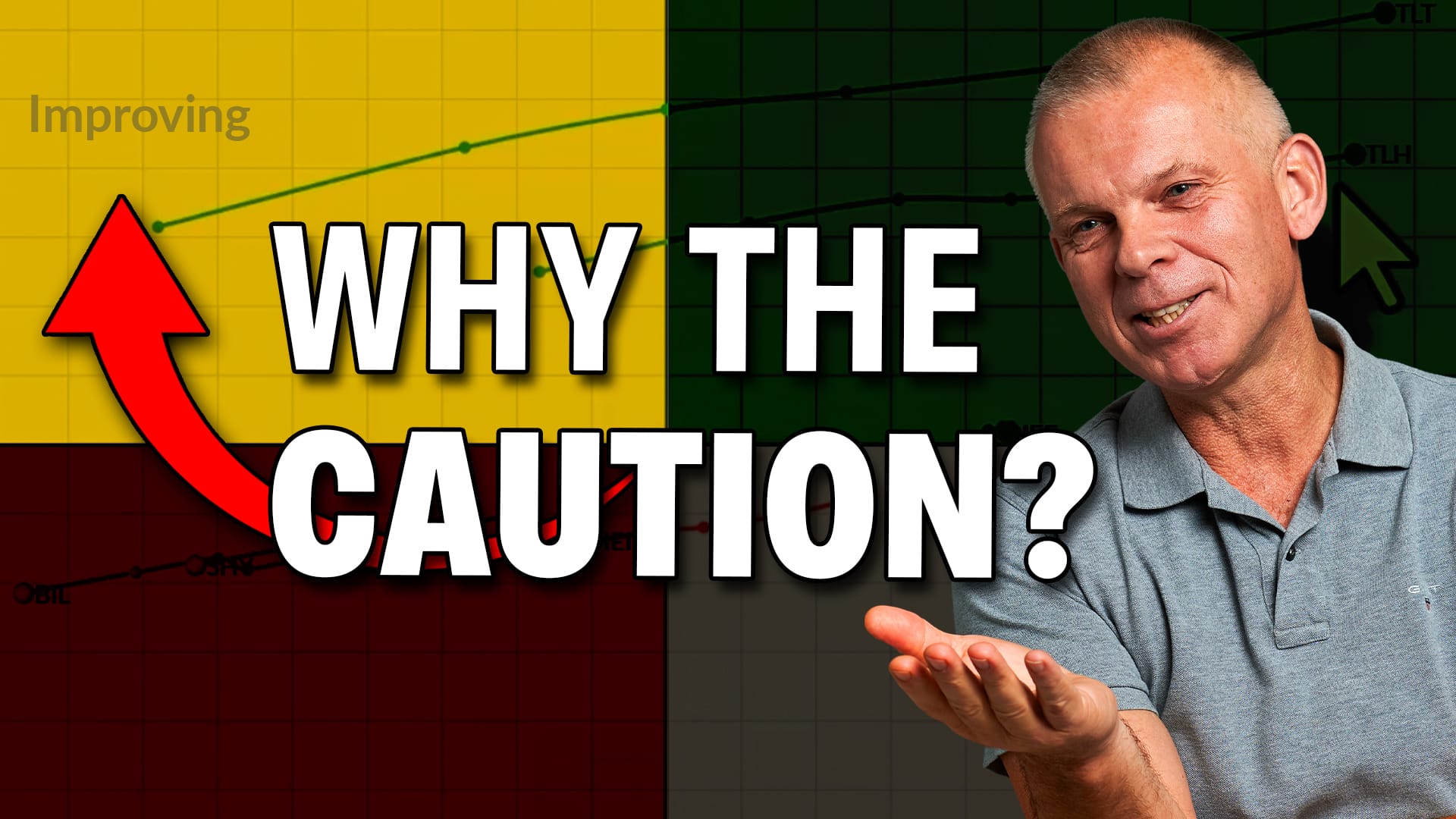S&P Composite Continues To Lead The World Higher As More Short-Term Indicators Go Bullish
- US Breaking Out Against the World
- The World Itself Looks to be in Pretty Good Technical Shape
- NYSE A/D and Upside/Downside Lines at Record Levels
- More Short-Term US Market Indicators Turn Bullish
- Multiple Momentum Trend Line Breaks is Very Positive
- There Is Always Something to Worry About
US Breaking Out Against the World
Back in April, I pointed out that the US market was breaking out against the rest of the world. This relationship has slowly edged its way higher, without much happening in the intervening period. In the last week, however, Chart 1 has begun to suggest that this trend is likely to re-assert itself. That’s good, because the technical position of global equities in their own right has also improved.

Chart 1
The World Itself Looks to be in Pretty Good Technical Shape
Take Chart 2, for instance, in which we can see that the Global A/D Line was recently at an all-time high.

Chart 2
The MSCI World Stock ETF (ACWI) still has some resistance to overcome at $74, but that looks likely to happen since the Global Diffusion indicator, featured in Chart 3, has moved into a far more decisive mode than in last week's review. This series is calculated from a universe of country ETFs in a positive trend. The green arrows show that AWCI has had a pretty consistent record of identifying short-term buying opportunities whenever it re-crosses the oversold zone on its way back to equilibrium. AWCI's low reading also tells us how oversold the global market was a couple of weeks ago.

Chart 3
NYSE A/D and Upside/Downside Lines at Record Levels
Chart 4 indicates that the NYSE A/D and Upside/Downside volume lines have both touched new all-time highs this week. It’s difficult to label the current market status as “primary bear” when such positive action is being observed.

Chart 4
More Short-Term US Market Indicators Turn Bullish
Several reliable short-term oscillators have also just turned bullish. Chart 5, for instance, features my Dow Diffusion Indicator. This one is similar to the Global Oscillator (as seen in Chart 3), but uses DJIA components instead. The green arrows show when it reverses to the upside from a position below the oversold line. The indicator recently turned up again, but not from such a subdued level. As long as it can continue to power its way higher, it represents a positive backdrop.

Chart 5
Chart 6 calculates a couple of moving averages for the VIX and plots them inversely. That allows swings in this indicator move in the same direction as the S&P Composite. The green arrows flag periods when the 10-day MA reverses to the upside from a position below or at the blue horizontal line. It essentially tells us that the period of rising volatility and falling prices has ended. That indicator went bullish a few sessions ago.

Chart 6
It’s always good to see new highs in an index being confirmed accompanied by an expanding new high list. Chart 7 shows that the current technical position is going one better than that, with the list expanding prior to the NYSE Composite registering a post-May high.

Chart 7
Multiple Momentum Trend Line Breaks is Very Positive
Price at any one time is determined by the interaction of many different time cycles. During periods when several of these cycles are operating in the same direction, above-average price trends have a tendency to develop. Calculating an ROC or RSI using a specific timespan only captures the cycles close to that frame, giving us an incomplete picture. Chart 8 attempts to get around that problem by embracing three ROCs, calculated from widely differing parameters. This obviously fails to cover the complete cyclic picture, but three is definitely better than one.
On rare occasions, it is possible to construct trend lines for each of the oscillators and observe their violation. When confirmed by a similar break in the price, such action is often the precursor of an important price move. One of those setups appears to be taking place right now, as all three ROC trend lines have been violated. That leaves the line for the NYSE Composite at 2950 to complete the picture.

Chart 8
Chart 9 shows a similar setup, but this time for three A/D ratios. We can see an example in action late last year, as three red uptrend lines were violated and later confirmed by the S&P Composite with one of its own. The sharp drop into the Christmas period followed. Currently, we see two violations, with the 30-day ratio on the cusp of a third.

Chart 9
There Is Always Something to Worry About
Whilst the bulk of the evidence is bullish, there is one thing that’s worrying me, which is the various confidence ratios - especially those involved with bond spreads. Chart 10 compares the S&P Composite to the iBoxx High Yield/iShares 7-10-year Treasury (the _HYG/_IEF ratio). This ratio usually moves in the same direction as the S&P, as a rising relationship indicates bond investors’ preference for yield over safety. However, when it diverges, it warns of a potential trend change for equities. For instance, we saw a negative divergence between last fall and the spring of 2019, when the ratio failed to confirm the new S&P high. As you can see, the S&P is back within striking distance of its all-time 2019 high, but the ratio is showing few signs of recovery. Moreover, the trend of its Special K is a downward one. Occasionally, the ratio is late in reacting on the upside, which could be the case now. However, until it can rally above the green downtrend line and its 200-day MA, it will remain an amber flag on the field.

Chart 10
Good luck and good charting,
Martin J. Pring
The views expressed in this article are those of the author and do not necessarily reflect the position or opinion of Pring Turner Capital Group of Walnut Creek or its affiliates.








